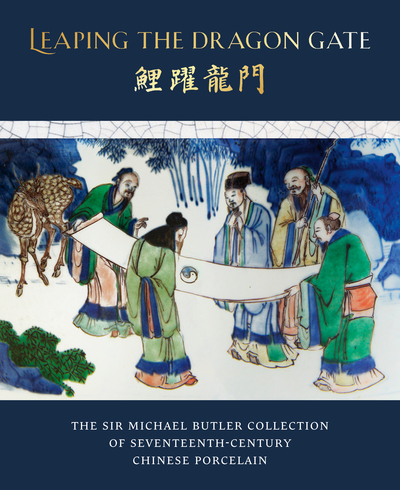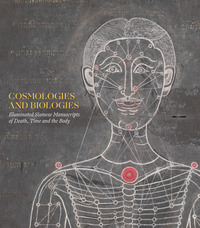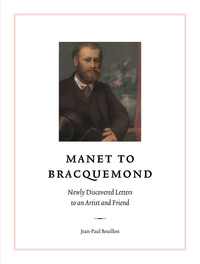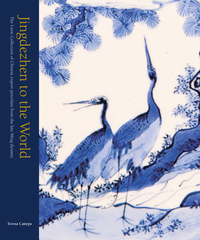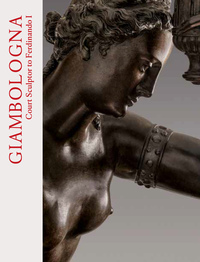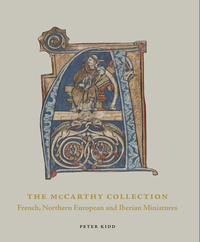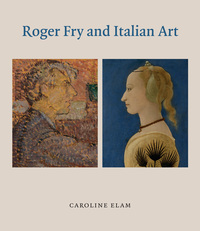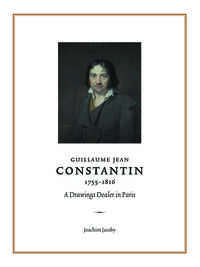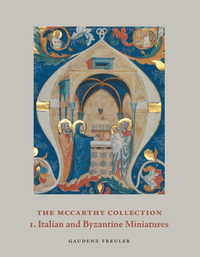Nous utilisons des cookies pour améliorer votre expérience. Pour nous conformer à la nouvelle directive sur la vie privée, nous devons demander votre consentement à l’utilisation de ces cookies. En savoir plus.
LEAPING THE DRAGON GATE: THE SIR MICHAEL BUTLER COLLECTION OF 17TH-CENTURY CHINESE PORCELAIN - EDITI
Holberton - EAN : 9781912168163
Édition papier
EAN : 9781912168163
Paru le : 3 déc. 2021
200,00 €
189,57 €
Disponible
Pour connaître votre prix et commander, identifiez-vous
Notre engagement qualité
-
 Livraison gratuite
Livraison gratuite
en France sans minimum
de commande -
 Manquants maintenus
Manquants maintenus
en commande
automatiquement -
 Un interlocuteur
Un interlocuteur
unique pour toutes
vos commandes -
 Toutes les licences
Toutes les licences
numériques du marché
au tarif éditeur -
 Assistance téléphonique
Assistance téléphonique
personalisée sur le
numérique -
 Service client
Service client
Du Lundi au vendredi
de 9h à 18h
- EAN13 : 9781912168163
- Collection : AD ILISSUM
- Editeur : Holberton
- Date Parution : 3 déc. 2021
- Disponibilite : Disponible
- Barème de remise : NS
- Nombre de pages : 544
- Format : 5.40 x 25.50 x 30.70 cm
- Poids : 3.608kg
- Résumé : This book celebrates the most important collection of 17th-century Chinese porcelain in the world, assembled by the distinguished British diplomat Sir Michael Butler. His passion for porcelain is clearly reflected in the over eight hundred pieces he collected and lived with at his home and private museum in Dorset. The pots (as Sir Michael called them), many of extreme rarity or exquisite quality, give testimony to the incredible depth of knowledge he acquired over five decades and his outstanding contribution to research and education in this previously neglected field of study. This lavish and comprehensive collection covers most types of porcelain produced at Jingdezhen, in Jiangxi province, during the 17th century. The variety of the pieces carefully acquired by Sir Michael reflects the great innovative spirit of the highly skilled Jingdezhen potters and painters at a time when they were released from the controls of Imperial patronage, between the end of the reign of the Ming Emperor Wanli in 1620 and the re-establishment of the Imperial kilns by the Qing Emperor Kangxi in 1683. It is a study collection of porcelain unrivalled in its breath and rarity that demonstrates the stylistic and qualitative evolution which occurred in Chinese porcelain production during the 17th century. An introduction written by Katharine Butler tells the fascinating story of the circumstances that encouraged her father to acquire, collect and passionately study Chinese porcelain of the 17th century; how he found rare pieces with dates, interesting inscriptions, seal marks or narrative scenes; and how the collection and his scholarly publications came to be internationally renowned. The core of the book is composed of seven sections presenting the main categories of porcelains in the collection: Late Ming, High Transitional, Shunzhi, Early Kangxi, Mid-Late Kangxi, Monochromes and Famille Verte, as well as disputed pieces. Some of the highlights are the extremely rare High Transitional pieces painted only in overglaze enamels dating to the Chongzhen reign, c.1640-43; the first piece acquired by Sir Michael, a green enamel winepot, dating to the early Kangxi reign, c.1665–70; a group of rare dated Zhonghe Tang pieces painted in underglaze blue and red, and an early Kangxi basin finely painted in underglaze blue and red with a Master of the Rocks landscape, dating to c.1670–75. Leaping the Dragon Gate refers to the symbolic metamorphosis from a humble carp to a mighty dragon – the most powerful of the Four Divine Creatures – that a student would undergo on succeeding in the Jinshi or Imperial civil service examinations. Passing these examinations required years, sometimes decades, of enormous effort to acquire the requisite educational merit and success was very rare. It is a worthy metaphor for Sir Michael’s scholarly achievement. This 488-page book with over 600 colour illustrations is a catalogue raisonné of almost his entire 17th century porcelain collection, including many previously unpublished pieces. In the spirit of keeping the family legacy of acquisition and scholarship alive, the authors have included a few important, recently purchased pieces and also have revised and expanded the list of all known dated pieces of 17th Century Chinese porcelain in the world that Sir Michael compiled in his 1992 USA exhibition catalogue.

